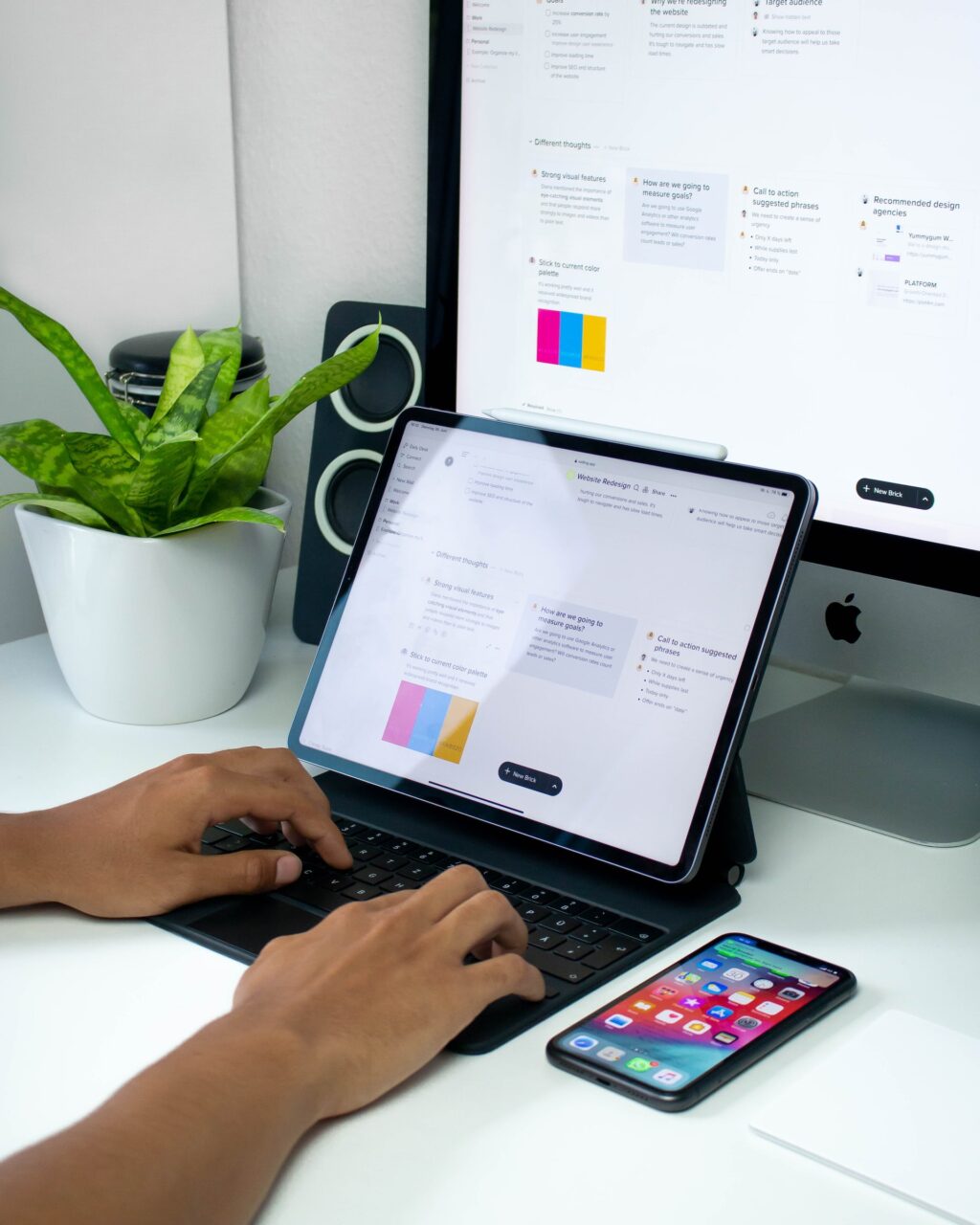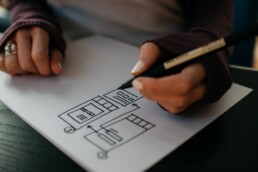Understanding Interaction Design
Understanding how users interact with your site is crucial in determining what improvements or tweaks are needed – optimal website usability is, of course, a top priority.
In its most basic definition, interaction design is about building a digital environment for users and designing interactive digital products, environments, systems and services. It is more than just building systems; it is ideal production at its core. What makes this so fascinating is the process of imagining things as they might be, as opposed to how they are (or how they seem to be on the surface), allowing for loftier creative spaces and freedom to think outside the box.
Of course, since it is directly integrated within web usability, interaction design is greatly focused on satisfying the needs and goals of the intended product users, implementing a heavy focus on designing with stakeholders in mind. Fantastic web usability calls for a satisfying user experience, and all possible users (both current and new) must be taken into consideration. The designers that begin this process must be aware of the key aspects that will evoke emotions and calls to action in their target audience – and these emotions must remain positive, avoiding negative associations that could be detrimental to product success.

There are a few layers to this type of design that are logical but not always realized since their crucial functions all come together in a well-oiled machine. Great content plays an important role, as users will glean the necessary information that makes up the foundation of their interaction with your website. Remaining concise yet instructional will lend a professional quality to your site; obviously, the tone is everything. These words are complemented by visual designs, as information is gathered and stored in the brain’s visual cortex, cementing associations with the brand.
A third layer involves the space in which the user interacts with the designs – the website and how comfortable they find themselves as they pass through and explore. Approach this as though you were designing your home – what color schemes soothe the eye, how much space do you want (do you prefer a clean look, or are you most efficient with all of your tools spread in front of you?), and what kind of impression do you want to make on your audience…all of these points must be considered in the interactive design process.
The final layer is determined mostly by the user: the behaviors created due to the website interaction. Of course, it is impossible to appeal to every user, seeing as personality, experience, and mental preferences change rapidly and vary by each individual. However, as long as a clear goal and design process is strategized in advance, users will see the organization’s mission and have a positive, efficient experience with the website and its usability.
The Art and Science of UI Design: A Guide to Effective Interface Creation
User Interface (UI) design is a multifaceted discipline that focuses on creating visually appealing, easy-to-use, and efficient interfaces for digital products. With technology's rapid evolution and user expectations constantly shifting, UI…
The Future of User Experience
A Comprehensive Guide to Enhancing User Engagement through Design Language and Interactive Design The landscape of digital design is rapidly evolving, with new technologies and methodologies emerging every day with significant considerations…
The Use of Color in User Interface Design
Color is a crucial element of user interface design, not only shaping the mood and emotional resonance but also significantly affecting usability. An interface that employs well-thought-out color schemes can enhance user experience by improving…



